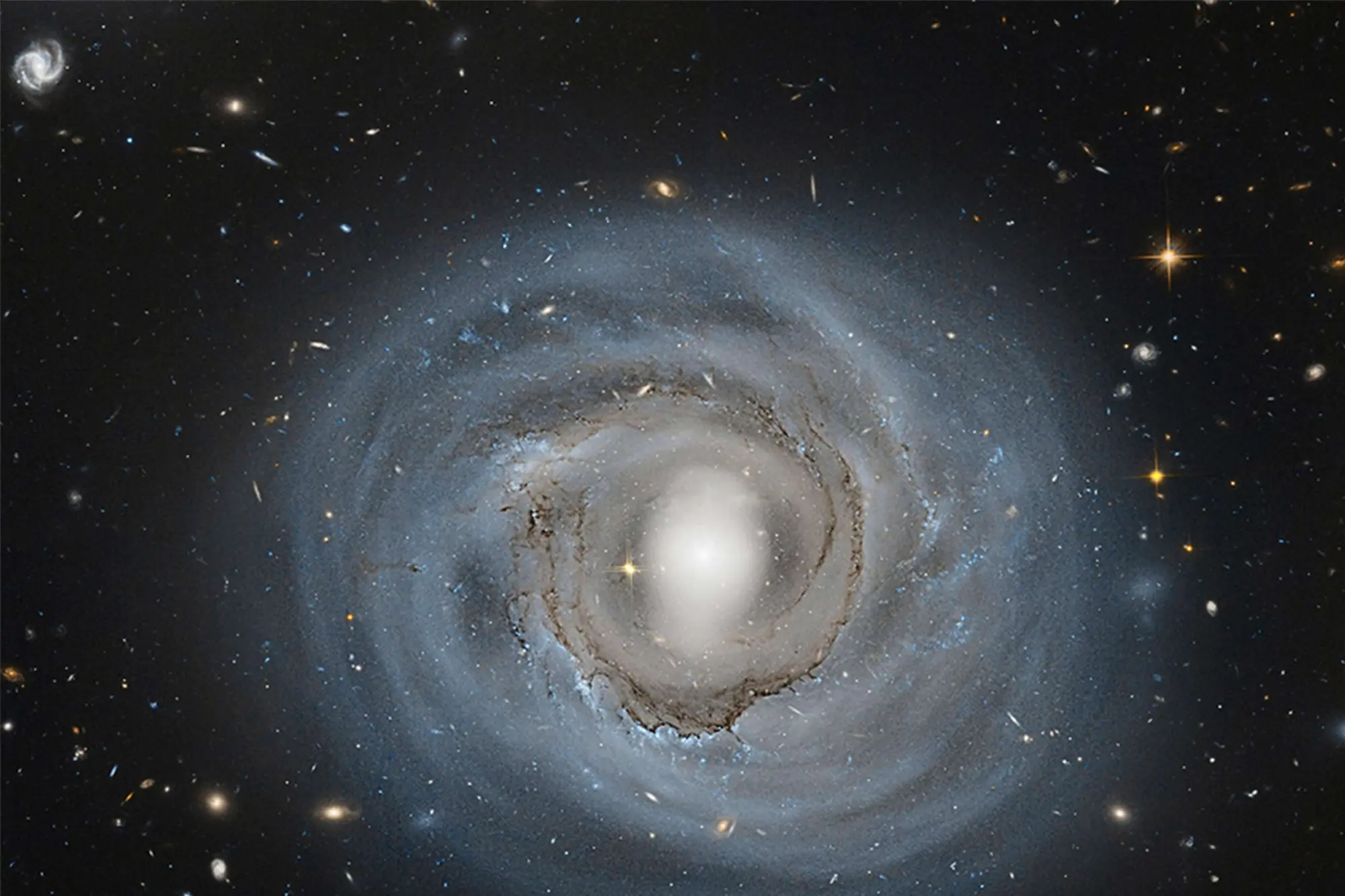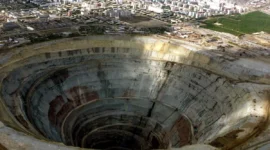An international team of astronomers has made an extraordinary breakthrough, uncovering definitive evidence of an ancient fossil galaxy embedded deep within our Milky Way. The remarkable discovery, officially announced on December 1, 2023, at 10:00 AM EST, reveals the remains of a primordial galaxy named Heracles that violently collided with and was absorbed by the Milky Way approximately 10 billion years ago—when our galaxy was still in its infancy. Published in The Astrophysical Journal, these findings represent one of the most significant discoveries in galactic archaeology in recent decades, fundamentally altering our understanding of how the Milky Way formed and evolved.
Led by Dr. Ricardo Schiavon from Liverpool John Moores University’s Astrophysics Research Institute, in collaboration with scientists from the University of California, Santa Cruz, and the Max Planck Institute for Astronomy, the research team made their discovery using data from the Apache Point Observatory Galactic Evolution Experiment (APOGEE). This cutting-edge spectroscopic survey has cataloged detailed chemical compositions of over 500,000 stars across the Milky Way as part of the Sloan Digital Sky Survey (SDSS). The team’s painstaking analysis revealed that Heracles was about one-third the mass of the young Milky Way at the time of collision, making this one of the most significant mergers in our galaxy’s history.
The fossil remains, located in the Milky Way’s inner halo near the galactic center, contain approximately 500 million solar masses worth of stars identified so far. What makes these stars extraordinary are their distinctly different chemical signatures compared to native Milky Way stars, showing:
-
Lower metallicity (fewer heavy elements)
-
Unique ratios of magnesium to iron
-
Characteristic patterns of carbon and nitrogen abundance
Researchers employed high-resolution infrared spectroscopy to penetrate dust-obscured regions, combined with advanced machine learning algorithms to analyze stellar motions and chemical compositions. Kinematic modeling further revealed stars moving in distinct patterns from Milky Way natives, confirming their extragalactic origin.
This discovery provides the clearest evidence yet that the Milky Way grew to its current size through hierarchical galaxy formation—a series of violent mergers with smaller galaxies. The Heracles merger was particularly significant as it occurred during a critical period of the Milky Way’s formation and may have contributed up to one-third of the stars in our galaxy’s halo, while potentially influencing the development of the Milky Way’s central bulge and thick disk.
Unlike previous discoveries of galactic remnants, Heracles represents a remarkably well-preserved fossil galaxy that has maintained much of its structural integrity despite the merger, making it an unprecedented time capsule from the early universe.
Looking ahead, the research team plans to:
-
Use the James Webb Space Telescope (JWST) to obtain more detailed spectra of Heracles’ stars
-
Conduct follow-up observations with the European Southern Observatory’s Very Large Telescope (VLT)
-
Search for similar fossil structures in other parts of the Milky Way
-
Develop more sophisticated models of the merger’s effects on our galaxy’s evolution
As Dr. Schiavon poignantly noted, “This is like finding dinosaur bones preserved in perfect condition. Heracles gives us an unprecedented window into the Milky Way’s childhood and the chaotic environment of the early universe.” With the team making their data publicly available through the SDSS science archive, this discovery not only revolutionizes our understanding of galactic formation but also opens exciting new avenues for both professional and citizen scientists to explore the hidden history of our cosmic home.




